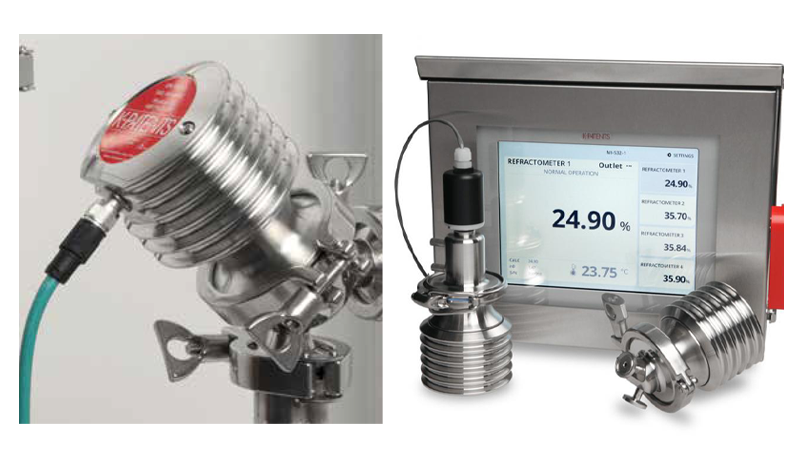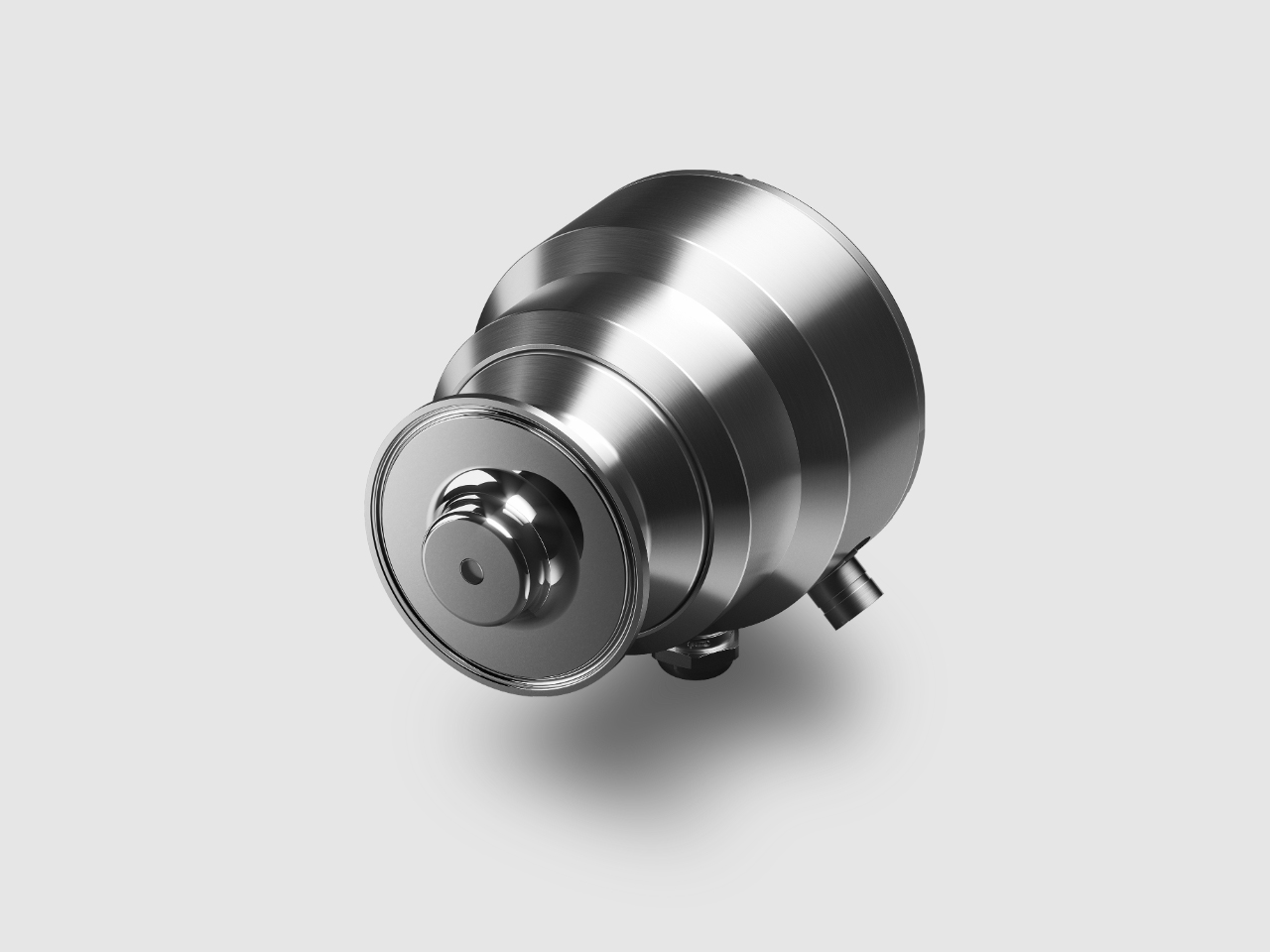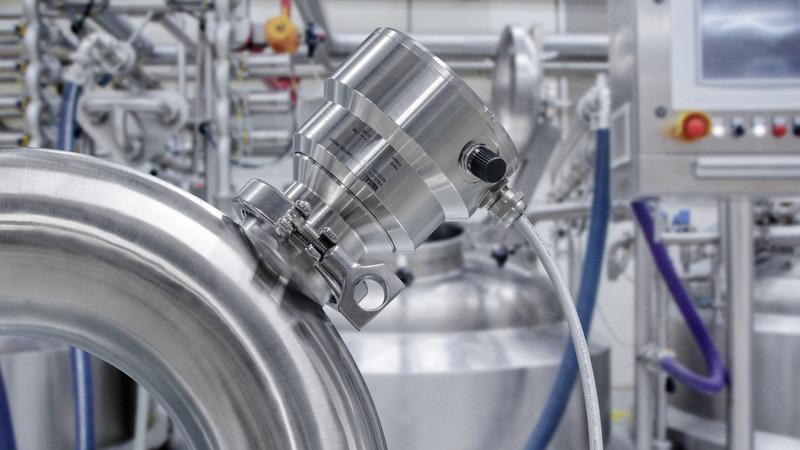The six most important things to consider when selecting an in-line liquid measurement device for pharmaceutical drug manufacturing
Pharmaceutical and medicine manufacturing are among the most regulated industries with pharmacovigilance or in short drug safety, quality and efficacy tightly in mind. The whole process from creating new drugs to manufacturing all the way to delivering them to customers is tightly regulated with over 11 500 restriction, and this also creates requirements to the measurement devices for drug manufacturing.
One of the regulating agencies is the Food and Drug Administration (FDA) in the US. It initiated the Process Analytical Technology (PAT) framework, which aims at pharmaceutical innovation and modernization. Timely measurements using in-line and analytical tools that provide process understanding information are the building blocks for supporting the transition from batch operations to continuous manufacturing (CM). For science-based, highly regulated and batch-oriented pharma industry modernization can bring down development, manufacturing, and scale-up costs. At the same time, modernization can help to secure product quality and reduce batch variations. It also can help to stabilize the in-process material quality by moving away from testing the end-product quality alone.
1. In-line measurements
There are 3 types of process measurement equipment: in-line, on-line and at-line.
In-line measurement devices measure the concentration continuously without delays and will indicate changes in process conditions immediately without consuming the measurable. They also measure from the genuine process conditions as they happen without dilution or alteration, which can unfortunately happen during sampling. Real-time measurements enable continuous processing which, in turn, increases productivity and profitability, thus stabilizing end-product quality while reducing waste and production downtime.
On-line installed devices extract a sample from the main line for measurement, after which the sample is either returned to the main line or drained. At-line process analyzers extract samples from the process which are then taken to a separate analyzer for testing.
2. Documentation
Documentation within the pharmaceutical industry is an essential part of its quality assurance and quality control system. The complete qualification process must also be fully documented.
Measurement equipment’s Installation Qualification (IQ), Operational Qualification (OQ) and Performance Qualification (PQ) protocol documentation confirms that the correct process equipment model and parts have been ordered, delivered and installed. It also ensures that the equipment meets its performance specification and can reliably measure typical samples using the selected measurement method. Without the proper documentation from supplier(s), completing equipment qualification might become an exhaustive and time-consuming process for the buyer.
3. Electronic data capture and storage
For pharmaceutical companies digitally documenting the production records alone is not enough. Also the security of the data is imperial. Hence there is a need to limit access to measurement systems to authorized individuals only, and a need for a system that logs the activities.
4. Scalability
All drugs are developed and formulated in the laboratory. After that, production is done in progressively larger batch sizes until the commercial scale is reached. These include, for example, the pilot-scale for simulating the full-scale production and to create enough product for clinical trials and the commercial production.
Choosing the right measuring device is critical, so that the company can work with end-to-end, from R&D to pilot-scale to full-scale. Otherwise the results from early testing phases might not represent the process scale design leading to delays in manufacturing start. The goal is to monitor continuously the manufacturing process at full-scale.
5. Pharma-grade contact materials
Any equipment that is in contact with the drug during the manufacturing process must be approved for the specific conditions they are operating in and must comply with the contact-compatibility of a substance with pharmaceutical materials. Measurement equipment with sanitary design with full tolerance for chemicals and process cleaning procedures ensures that the measurement equipment does not bring hazards or contaminants into the process.
Measuring devices that have the following features suit pharmaceutical drug manufacturing:
- Certified sanitary contact material, for example stainless steel 316L
- Gasket materials that conform to the biocompatibility standards according to USP Class VI electropolished product contact surface finishes
- Product surface roughness max Ra 0.38μm or 15μ inch
- No animal derived ingredients (ADI) used in processing or machining
- Compatibility with CIP and SIP cleaning standards
6. NIST traceable calibration and accuracy, and instrument verification
Through regulation, all automated, mechanical and electronic measuring equipment must be calibrated, inspected, or checked according to a written quality program designed to assure proper manufacturing performance.
Traceable measurement instruments use current international definitions of traceability and can provide assurance that measurements meet accuracy needs of regulatory agencies – for example, those established by the National Institute of Standards and Technology (NIST) in the US. NIST traceable calibration is an assurance program that certifies that a manufacturer is fully equipped to calibrate equipment to (NIST) standards and that any products offered by that manufacturer will match those NIST-maintained measurement standards.
Verification ensures the correct operation of equipment according to its stated operating specifications. Valid results are achieved with tying the instrument’s calibration verification to international standards, such as NIST, ensuring also traceability. In addition, the calibration and accuracy traceability of the measurement device should be simple and easy to do on-site by the user.
Vaisala K-PATENTS Pharma Refractometer a perfect match
Matching with all the points, the Vaisala K-PATENTS Pharma Refractometer PR-43-PC is an in-line instrument that uses refractive index technology, supporting pharmaceutical drug development and manufacturing as well as in biotechnology processing.
The refractometer can be used for:
- Process evaluation, validation and troubleshooting.
- Data collection for process understanding of different experiments and operations.
- Finding unique process profile. This is a reference during scale up to confirm that the process behaves as designed and to assure there is process equivalence.
- Monitoring the performance or operation on pilot and full scale, as well as in monitoring the concentration and purity of solvents, raw and final products.
- Monitoring blending operations and achieving the correct reactants composition. It can follow reaction degree, study different solvents and their suitability for the process.
- Determining supersaturation point in crystallization.
In addition, the refractometer can send data to the control system (DCS) to develop an automated control strategy to standardize the process and achieve consistent quality, prevent batch-to- batch variations, reduce production time and costs, increase yield, and ensure product safety.
In-line measurement of refractive index can help to immediately identify problems during scale-up and to reduce development time. Visit our pharmaceutical drug manufacturing page for all refractive index applications.
Interested to learn more? Contact us.



Add new comment